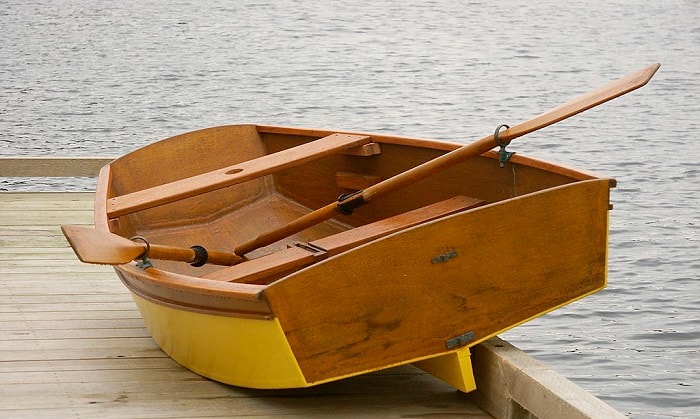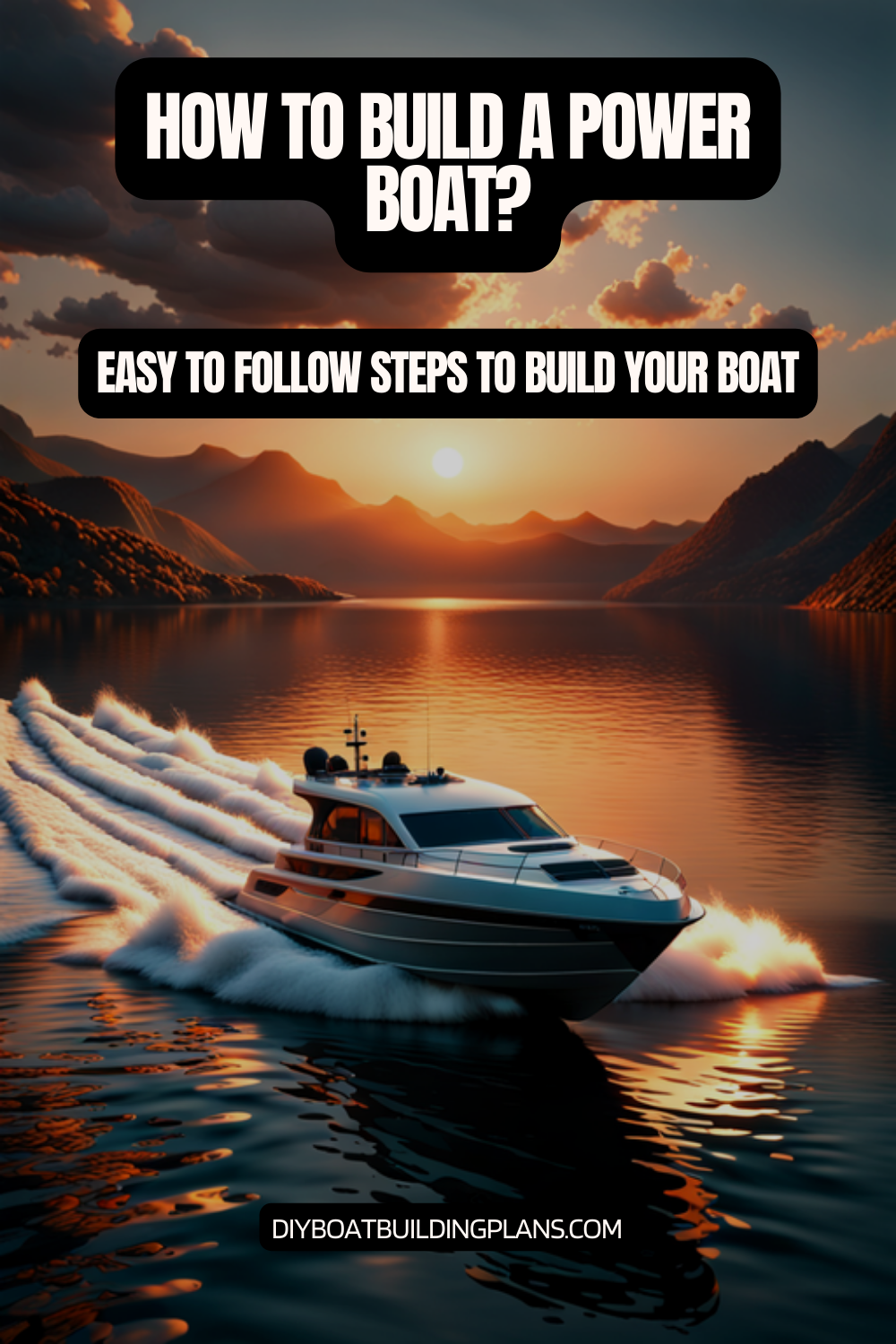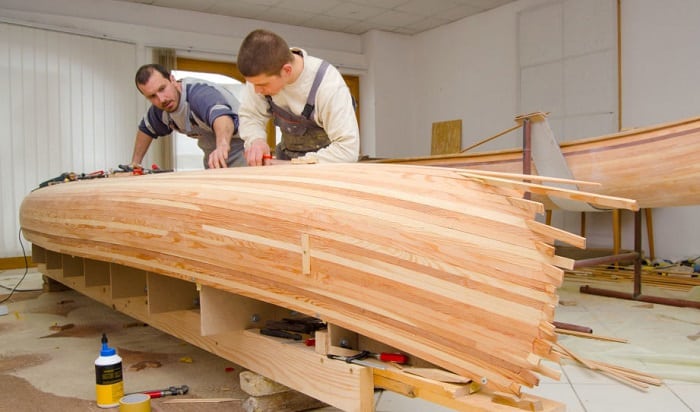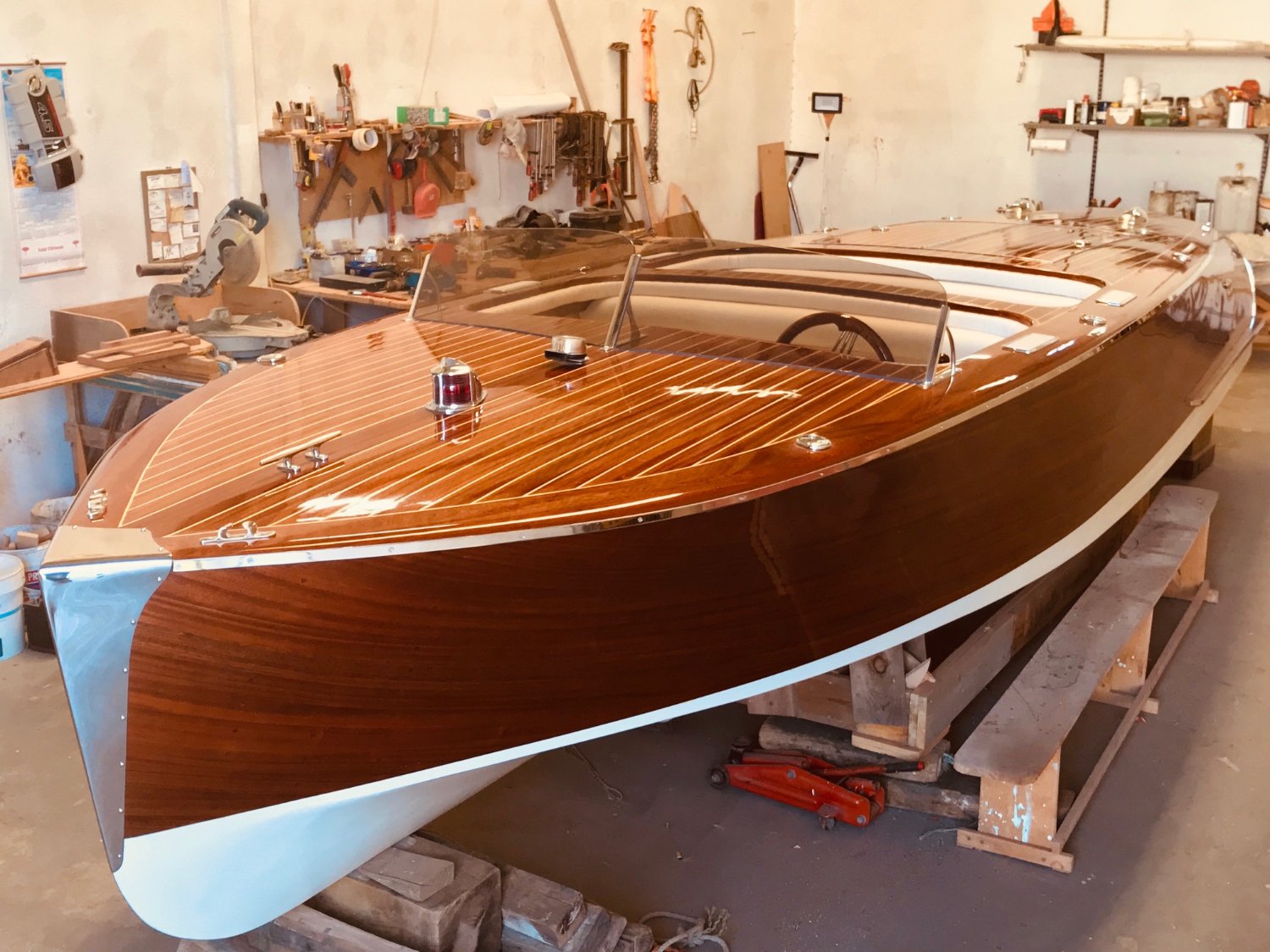
Beyond the Blueprint: Unveiling Hidden Potential in Wooden Boat Plans
The allure of crafting a wooden boat, whether a classic dory or a sleek modern design, is undeniable. But beyond the readily available plans, lies a world of untapped potential, often overlooked by even seasoned boatbuilders. This article delves into those often-missed aspects, offering fresh perspectives for hobbyists, professionals, and educators alike.
The Unspoken Language of Wood: Material Selection and its Impact
Most plans simply state "select lumber." But what does that truly mean? The performance and longevity of your boat hinge critically on this often-overlooked detail.
Q: Beyond the species, what other factors drastically influence wood selection for boatbuilding?
A: Growth rate, grain orientation, and even the geographic origin of the wood dramatically impact its strength, durability, and susceptibility to rot. A slower-grown tree generally yields denser, more resistant timber. The grain's straightness and consistency are crucial for structural integrity. Consider researching specific lumber mills known for their sustainably harvested and high-quality wood. A slight increase in cost upfront can significantly extend your boat's lifespan and performance.
Q: How can we leverage less common, yet suitable, wood species for unique boat designs?
A: Many readily available wood species might be overlooked due to a lack of readily available information. Consider researching the properties of locally sourced woods, perhaps even experimenting with sustainable reclaimed lumber. This can lead to unique aesthetic qualities and reduce the environmental impact. You could even incorporate mixed species, creating visually stunning and structurally sound designs. Proper research and careful joinery are key here. Consulting with a forestry expert can be invaluable.
Beyond the Lines: Integrating Modern Techniques and Materials
While tradition is important, blindly adhering to antiquated methods can be limiting. Blending time-tested techniques with modern advancements offers significant advantages.
Q: Can modern composite materials enhance traditional wooden boat designs?
A: Absolutely! Strategic use of epoxy resins, fiberglass cloth, or even carbon fiber can drastically increase strength-to-weight ratios, improve water resistance, and even allow for more complex hull shapes. Think of it as "smart reinforcement" â€" not replacing wood entirely but enhancing its natural properties. For instance, using epoxy coatings prevents rot and significantly extends the lifespan of the vessel. The key is to carefully integrate these materials, maintaining the aesthetic appeal of the wooden hull.
Q: How can digital tools revolutionize the boat-building process based on traditional plans?
A: 3D modeling software allows for virtual prototyping, enabling modifications and refinements before a single board is cut. CNC routers can achieve incredible precision in cutting complex shapes, significantly reducing labor and improving accuracy. This digital integration allows builders to create boat designs with increased levels of precision, optimization and efficiency.
The Unsung Hero: Understanding the Complete Build Process
Many focus solely on the hull construction. Overlooking crucial details like rigging, finishing, and even the design of the interior can lead to disappointing results.
Story Example: A friend recently completed a beautiful replica of a classic yawl. He meticulously followed the plans for the hull, but skimped on the rigging. The result? A structurally sound but utterly frustrating boat to sail, constantly requiring adjustments. His lesson? Thoroughly research and plan every aspect, not just the most visually prominent parts.
Key Considerations Beyond the Hull:
- Rigging selection and setup based on intended use and sailing conditions.
- Detailed plans for interior layout and storage optimization.
- Thorough understanding of finishing techniques to protect the wood and enhance aesthetics.
- Consideration of sustainable practices throughout the build process, such as sourcing materials responsibly and minimizing waste.
In conclusion, while traditional boat plans offer a solid foundation, true mastery lies in understanding the nuances of wood, adapting to modern tools and materials, and meticulously planning every step of the building process. By embracing a holistic and innovative approach, you can transform a simple set of plans into a truly exceptional and enduring craft.











